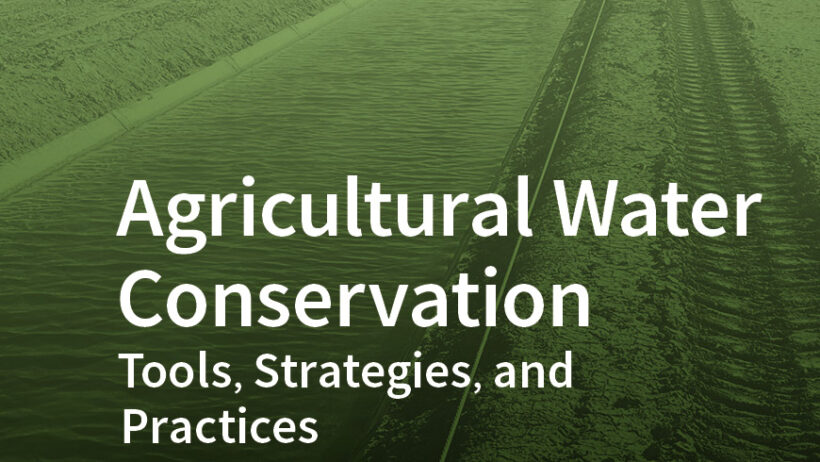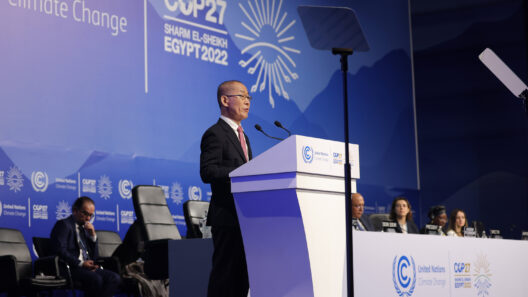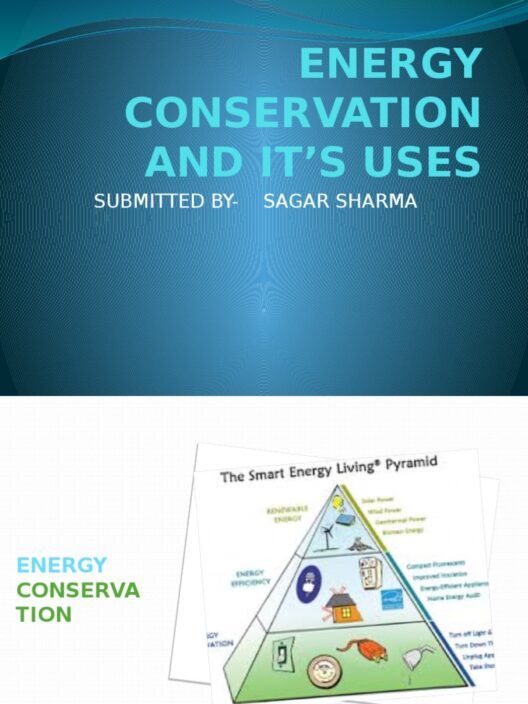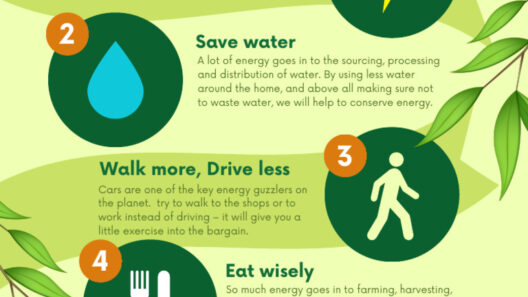In recent years, the discourse surrounding sustainable agricultural practices has escalated, significantly shaping the way we perceive and engage with food production. Observably, there is a notable emphasis on the dual pillars of water and energy conservation invoked within these methodologies. This focus not only highlights a burgeoning concern about resource scarcity but also reflects a deeper acknowledgment of environmental stewardship’s crucial role in agricultural operations.
At its core, sustainable agriculture represents an ethos rooted in efficiency and ecological balance. It advocates for practices that do not merely aim for maximal yield but do so while minimizing ecological footprints. This leads to an exploration of how such practices interact with water and energy consumption, revealing intricate complexities that underline the agricultural sector’s profound impact on global resources.
The utilization of water within agriculture is an essential component, and its management requires meticulous consideration. Traditional farming habits often employ extensive irrigation methods, which can lead to substantial water wastage. In contrast, sustainable agricultural practices, such as drip irrigation and rainwater harvesting, exemplify a more judicious approach. Drip irrigation, in particular, delivers water directly to the plant roots, drastically reducing evaporation and runoff, thus conserving this vital resource. Additionally, managing rainwater through strategic harvesting techniques enables farmers to complement existing water supplies, creating a more resilient agricultural system.
A profound consequence of water conservation is its ripple effect on energy consumption. The process of extracting, treating, and distributing water is often energy-intensive. Therefore, the reduction in water usage leads to a corresponding decrease in the energy required for these processes. Furthermore, employing renewable energy sources, such as solar-powered pumping systems for irrigation, further cements this synergy between water and energy conservation. By harnessing natural energy flows, farmers can achieve greater autonomy and reduce their reliance on fossil fuels, which are a major contributor to greenhouse gas emissions.
The role of energy in agriculture goes beyond merely powering equipment; it extends into the realms of production, processing, and transportation. Conventional farming is heavily reliant on non-renewable energy sources, such as diesel and electricity derived from unsustainable sources. However, sustainable practices advocate for alternative energy solutions, including biofuels and wind energy. By integrating these renewable energy sources, farmers not only mitigate carbon emissions but can also stabilize their energy costs, enhancing economic viability.
Crop rotation and diversification are fundamental tenets of sustainable agriculture that further elucidate the interrelationship between resource conservation and environmental health. Through these practices, soil health is improved, leading to enhanced water retention capabilities and reduced fertilizer dependency. A healthier soil ecosystem facilitates the growth of crops with lower energy inputs—these plants are more resilient to pests and diseases, thus diminishing the need for chemical treatments and the associated energy costs for their application. This multifaceted approach yields both economic and environmental benefits, reinforcing the imperative for sustainability.
Moreover, agroecological practices, which emphasize the integration of ecological principles with agricultural systems, provide a rich platform for resource conservation. Techniques such as intercropping and cover cropping not only cultivate biodiversity but also create microclimates that can optimize both water usage and energy efficiency. The plethora of life forms facilitates natural pest management, thus reducing reliance on synthetic pesticides and the subsequent energy inputs required for their production and application.
A critical examination reveals systemic challenges facing the adoption of sustainable agricultural practices. Institutional frameworks and socio-economic barriers often obstruct farmers from transitioning away from conventional methods. Policies that favor large-scale monoculture operations can inadvertently perpetuate water and energy mismanagement, thereby exacerbating the challenges related to resource scarcity. Addressing these broader structures—which include economic support, education, and access to sustainable technologies—will be essential in fostering an agricultural landscape that honors both conservation and productivity.
Furthermore, consumer behavior plays an instrumental role in the sustainability equation. The demand for locally-sourced organic produce can incentivize farmers to adopt practices that conserve both water and energy. Community-supported agriculture (CSA) programs highlight this relationship, where consumers become directly engaged in the sustainability narrative, thus fostering a reciprocal relationship between farmers and consumers. By prioritizing purchases that reflect sustainable practices, the market can shift toward a model that supports conservation efforts inline with agricultural production.
Ultimately, the convergence of sustainable agricultural practices with water and energy conservation underscores a larger movement toward ecological integrity and resource stewardship. It reflects a growing acknowledgment that agriculture is not merely an industrial enterprise but an integral component of our environmental fabric. As resource pressures mount in the face of climate change and population growth, the necessity for innovative agricultural practices that utilize water and energy efficiently becomes increasingly imperative. The path forward must embrace an approach that harmonizes the intricate balance between productivity and preservation, ensuring that agriculture can sustain future generations while honoring the ecological systems that underpin our existence.







